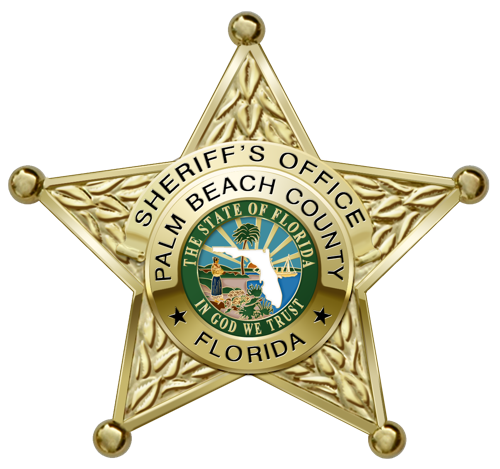

Serology refers to the examination, collection and/or preservation of evidence such as:
- Blood
- Semen
- Collection of hairs
- Swabbing items for touch DNA
- Screening for male DNA
The Forensic Biology Unit begins most case processing by examining items for the presence of biological fluids such as blood and semen. Both presumptive and confirmatory tests for blood and semen are conducted in the laboratory. With the increased sensitivity for DNA testing, the scientists at the FBU can swab items for the presence of “touch DNA,” or skin cells. This includes a variety of items such as cigarette butts that may be located at a crime scene.
The Forensic Biology Unit continues to improve the process of screening evidence by implementing new technologies such as Y-screening. Scientists use Y-screening to analyze evidentiary samples for the presence or absence of the Y-chromosome (male DNA). Additional screening tools, such as an alternate light source which can be used to detect fluids such as blood and semen that may not be visible to the naked eye, are also available to analysts. To detect the natural fluorescent properties of semen, an ultra-violet light is used (Figure 1). When screening for blood on dark items, (e.g. a black t-shirt) the absorption of infrared light is used (Figure 2).



Forensic Sciences and Technology Facility
3075 Gun Club Road
West Palm Beach, FL 33406-3001
Telephone:
(561) 688-4816


